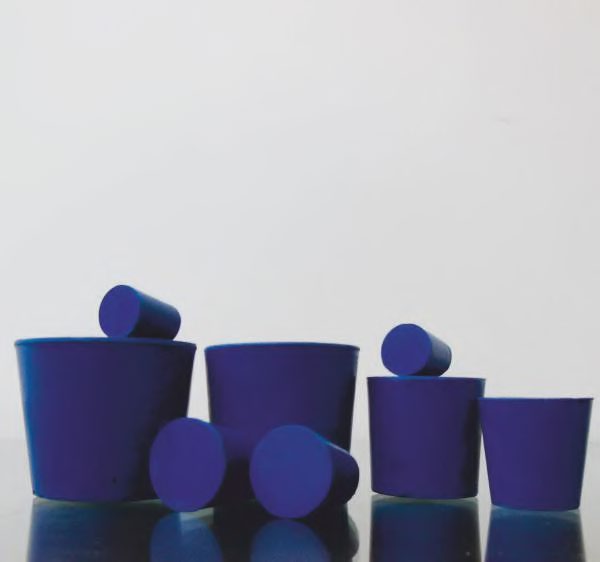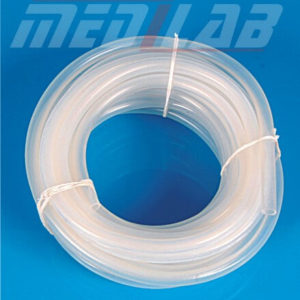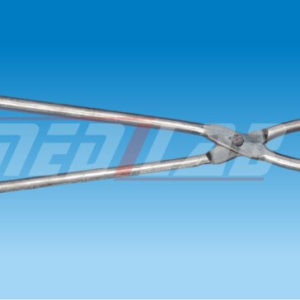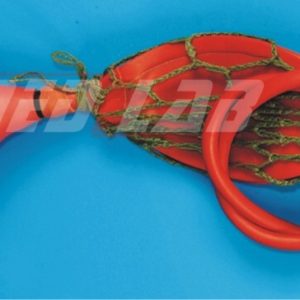Description
| Catalog No. | Cork Number | om | Top | Height |
| (in MM) | (in MM) | (in MM) | ||
| ±.2mm | ±.2mm | ±.2mm | ||
| 19817/1 | 5 | 5 | ||
| 19817/2 | 8 | 8 | 10.5 | 20 |
| 19817/3 | 9 | 9 | 11.5 | 20 |
| 19817/4 | 10 | 10 | 12.5 | 20 |
| 19817/5 | 11 | 11 | 14 | 24 |
| 19817/6 | 13 | 13 | 16 | 24 |
| 19817/7 | 15 | 15 | 18 | 24 |
| 19817/8 | 17 | 17 | 20.5 | 26 |
| 19817/9 | 18 | 18 | 21 | 26 |
| 19817/10 | 19 | 19 | 22.5 | 28 |
| 19817/11 | 21 | 21 | 24.5 | 28 |
| 19817/12 | 23 | 23 | 26.5 | 28 |
| 19817/13 | 25 | 25 | 28.5 | 28 |
| 19817/14 | 27 | 27 | 31 | 32 |
| 19817/15 | 29 | 29 | 31 | 32 |
| 19817/16 | 31 | 31 | 36 | 35 |
| 19817/17 | 33 | 33 | 38.5 | 38.5 |
| 19817/18 | 35 | 35 | 45.5 | 36.5 |
| 19817/19 | 38 | 38 | 42.5 | 40.5 |
| 19817/20 | 40 | 40 | 49.5 | 40.5 |
Neoprene rubber corks are small, tapered plugs made of neoprene rubber that are used to seal laboratory glassware, such as test tubes, flasks, and bottles. They are designed to fit snugly into the opening of the glassware, creating a tight seal that prevents the entry or escape of gases or liquids.
Neoprene rubber corks are commonly used in chemistry and biology laboratories for various applications, such as storing and transporting samples, mixing solutions, and conducting experiments. They are available in a variety of sizes and shapes to fit different types of glassware.







